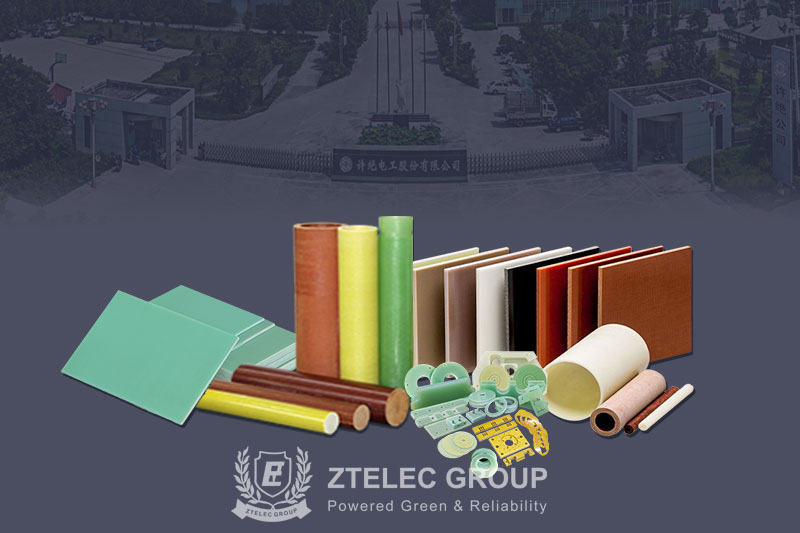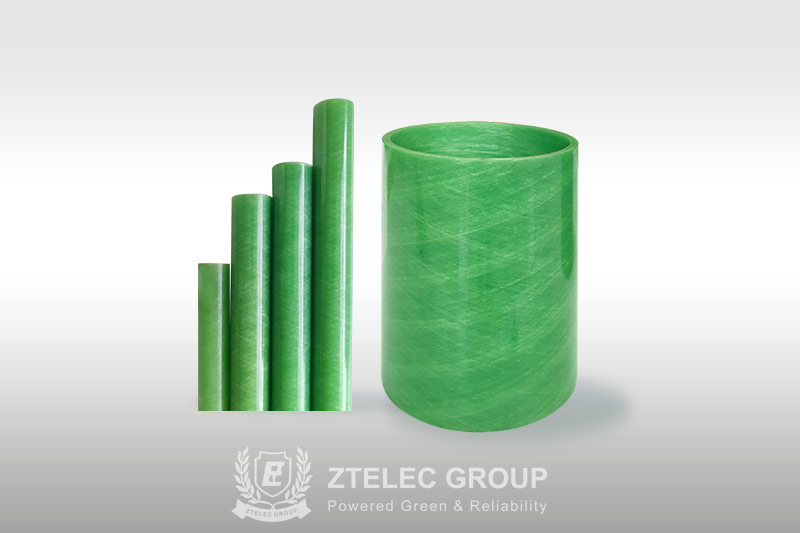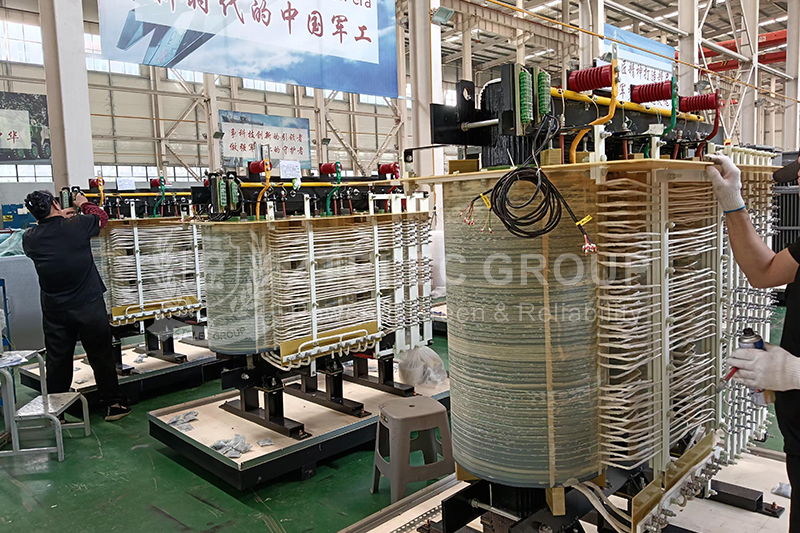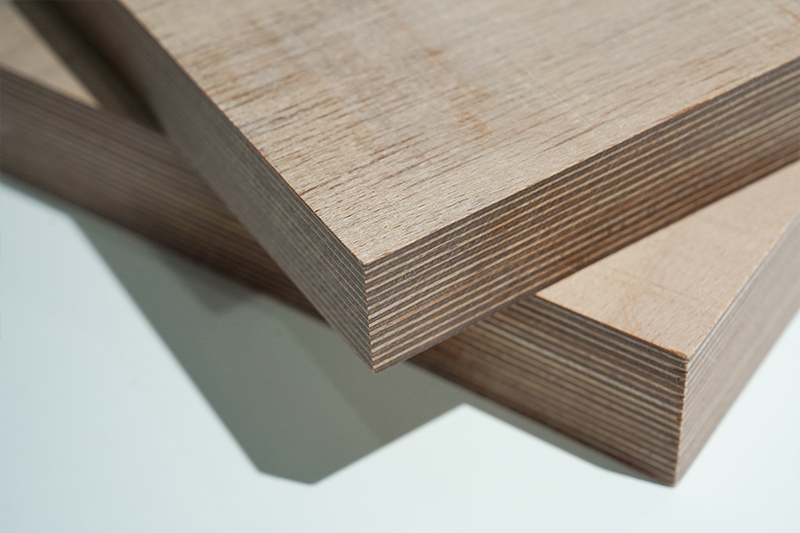What are FRP products?
FRP is an acronym for fiber reinforced plastics, which is made of reinforcing fiber and resins. As the new material industry continuously grows, the scope of reinforcing materials is also being expanded, including glass fiber, carbon fiber, and aramid fiber etc. Among various types of FRP products, the glass fiber reinforced plastics (hereinafter abbreviated to GFRP) has the earliest and widest range of applications. GFRP generally refers to a composite made from fiberglass or its products (fiberglass yarn, fiberglass cloth, fiberglass melt) as the reinforcing material, coupled with resins as the matrix. It can be shaped as laminates, tubes, rods, and other specific machined parts as required. According to the different resins added, there are epoxy GFRP, phenolic GFRP, polyester GFRP etc. As a combination of fiber products and resins, FRP boasts the advantages of light weight, non-conductivity, high strength, and heat resistance and so on.

picture of various types of FRP products
Product Introduction
Today I will focus on a category of FRP products-- GFRP tubes, introducing to you our typical products, epoxy fiberglass winding tube and FRP core tube for various flexible materials like copper foil and films. These tubes are made of alkali-free fiberglass assembled roving for filament winding, impregnated with epoxy resin, then dried and solidified by traditional wet winding process. The winding tube has the following advantages:

picture of FRP winding tube
① Excellent mechanical properties: the tube is wound at large and small angles to ensure longitudinal strength and circumferential stiffness, making for high load-bearing capacity, high strength, and impact resistance. Low deformation and stable physical properties ensure that it can be used as a supporting core for flexible materials to prevent damage derived from core deformation. Additionally, the high surface finish of the tube also helps improve the utilization rate of the film and overcome the defects of the traditional core material that cannot fully fill the film due to its rough surface.
② Weather resistance: It is resistant to the influence of surrounding environmental factors such as high temperature, illumination, corrosion, humidity, acid, and alkali, and will not form pits or rust like metal does, so it is mostly used in pipeline projects and chemical industry.
③ Good dielectric properties: it does not conduct electricity and is often used in electrical industry as insulating material.
④ Repairability: The outer layer of the GFRP tube can be repaired, which can save maintenance time and cost.
Production Process
The fiberglass winding tube is manufactured by wet filament continuous winding process. The main production equipment includes filament winding machine, curing oven, demoulder machine, lathe, tube cutting machine, etc. The production steps are shown below:
① Preparation of resins
Add semi-finished resins, solvents, diluents, and fillers according to the formulation, and mix them in line with the process requirements. This process is mainly carried out in the agitated reactor.
② Wet filament winding
The assembled fiberglass roving after being impregnated with resin adhesive is wound under certain tension over a rotating mandrel and then solidified into products.
③ Release from the mandrel
The solidified products will be furnished over the abrasive finishing machine and then released from the mandrel.
④ Tube cutting and grinding
The tubes are cut and ground by the machines.
FRP Applications
① Various GFRP pipes for urban water supply and drainage, large water diversion projects, sewage treatment, agricultural irrigation, and pipeline projects, etc.
② GFRP tanks used in the chemical industry, such as reaction tanks, chemical storage tanks, food tanks, and firefighting water storage tanks.
③ For the electrical industry: transformer insulation cylinders, on-load tap changers, cable ducts, reaction housing, etc.
④ Shell and blade of GFRP fans.
⑤ Supporting core tubes for special applications, such as FRP core tube for winding metal foil like copper foil as well as various films such as PET, PE, and PI.
- more+releated article
- 2025-12-13How to Select and Use Phenolic Cloth-base Lami
- 2025-12-13How Much Does Bakelite Sheet Cost? 2025 Price
- 2025-12-13Why are most 3240 epoxy boards yellow?
- 2025-12-13What are the Main Applications of FR4 Epoxy Bo
- 2025-12-13Why Does the Price of Insulating Paperboard Va
- 2025-12-13Heat-Resistant DDP Insulation Paper
- 2025-12-13Comparison of Heat-Resistant DDP Insulating Pa
- 2025-12-13G10 and FR4 Epoxy Boards: Commonly Used for Ge
- 2025-12-13The Price of Heat-Resistant DDP Insulation Pap
- 2025-12-13How to Choose Epoxy Laminate Materials for Gen





